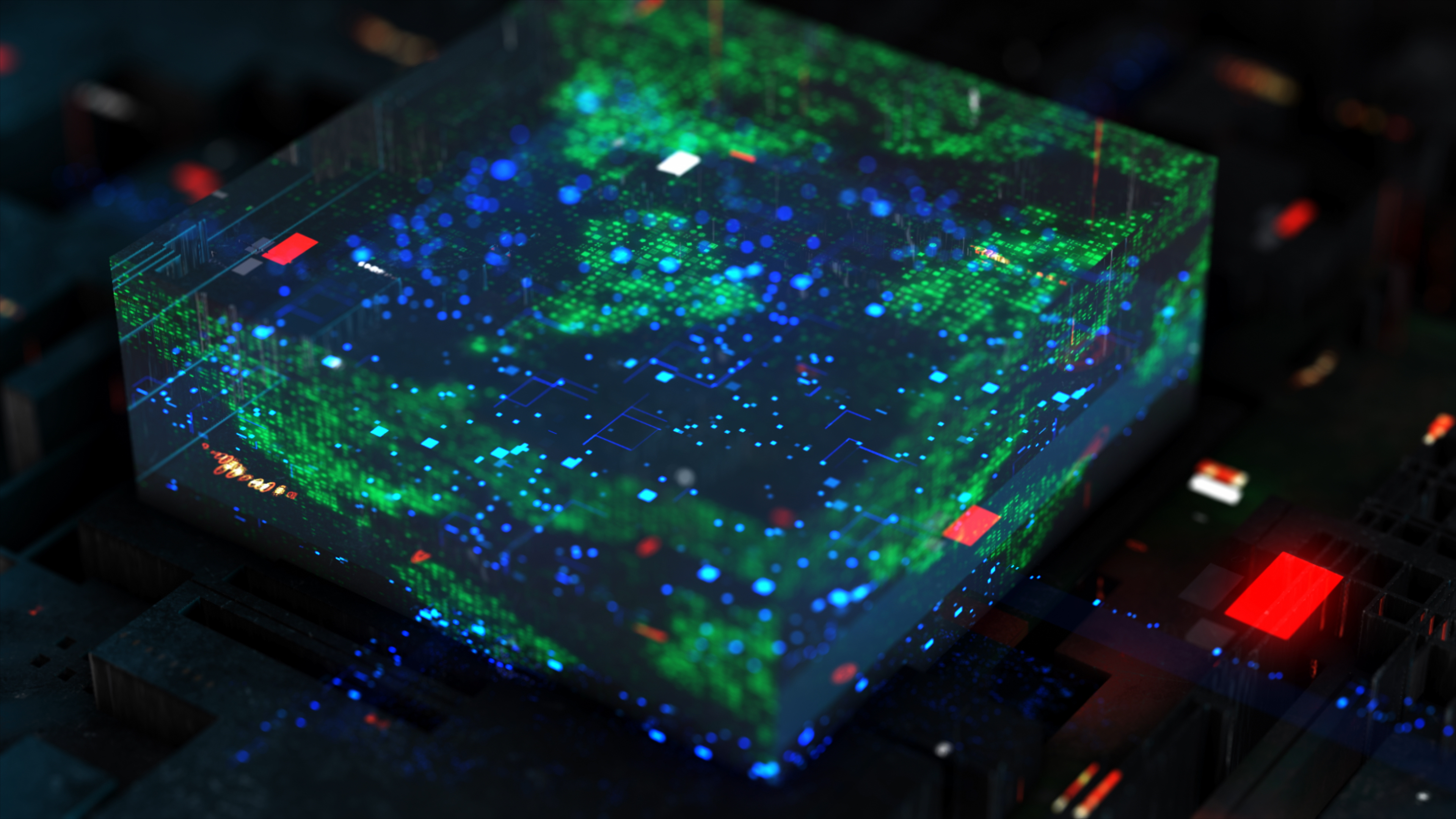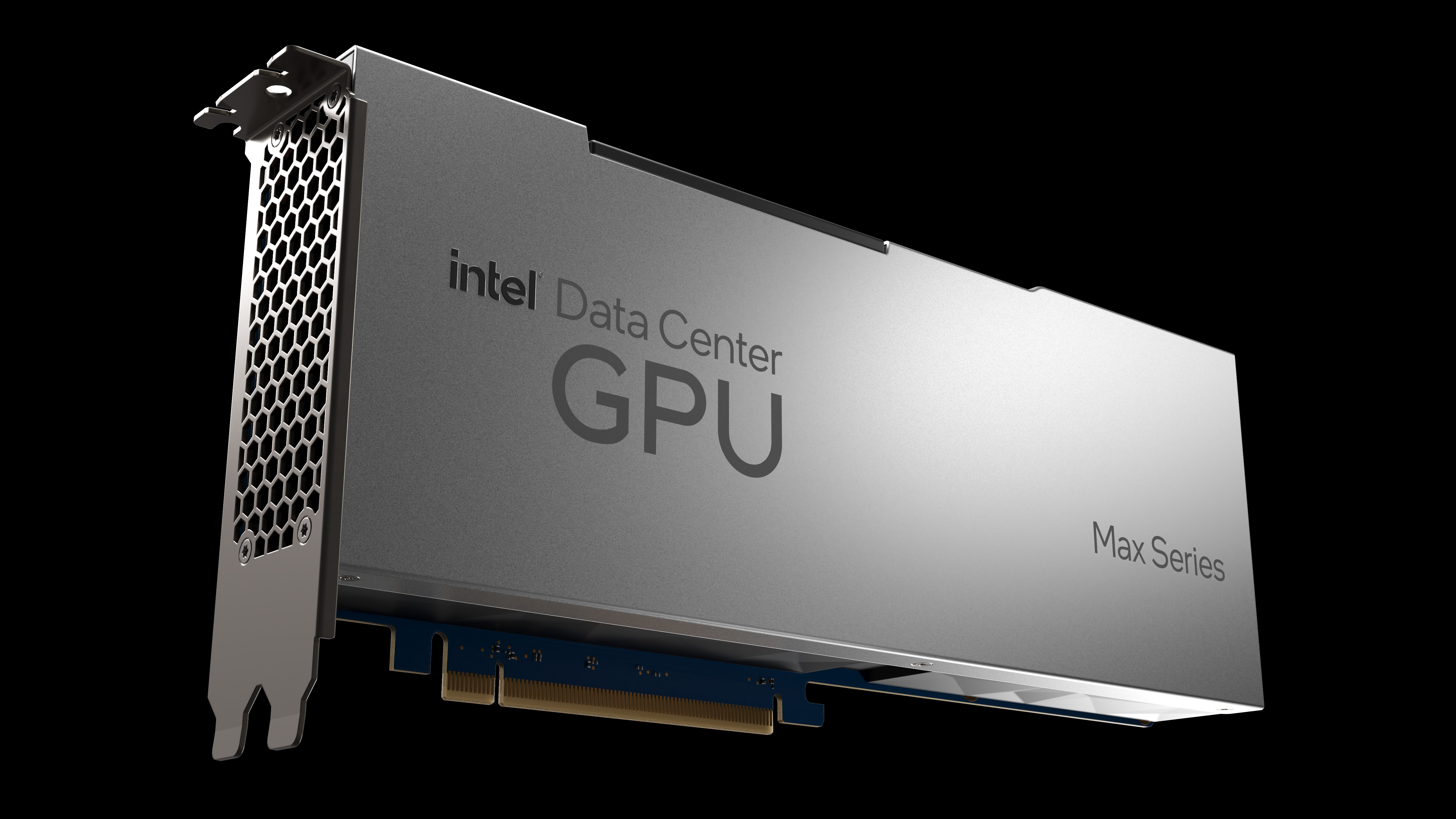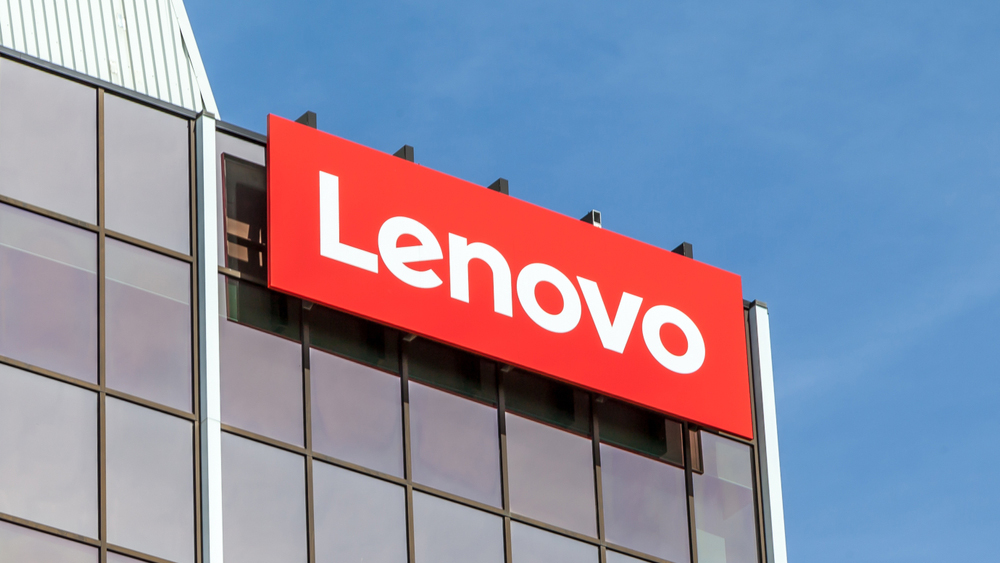HPE supercomputer will help Swiss brain research project model mammalian minds
Putting a custom 1.06 petaflop supercomputer to use is a no-brainer


Hewlett Packard Enterprise (HPE) has created a "next-generation" supercomputer for the modelling and simulation of the mammalian brain.
The technology firm has brought its experience in high-performance computing (HPC) to the Blue Brain Project, a Swiss brain research initiative run by academic institution cole Polytechnique Fdrale de Lausanne.
Dubbed Blue Brain 5, the new supercomputer HPE has designed is based on the company's SGI 8600 System, a machine used to run demanding HPC workloads.
With a budget of 18 million Swiss Francs, some 13.6 million, to cover the supercomputer's hardware and HPE expertise, Blue Brain 5 has 372 compute nodes to deliver 1.06 petaflops of peak performance. It has 94 terabytes of memory, which is equivalent to that of 23,000 laptops, and makes use of Intel's Xeon Gold 6140 and Xeon Phi 7230 processors as well as Nvidia's Tesla V100 graphics processors.
Adding to the supercomputer's mass of performance are single and dual-rail Mellanox InfiniBand high-performance networks, along with 4 petabytes of high-performance storage from DataDirect Networks that deliver more than 50GB/s aggregated bandwidth, associated with an 80 GB/s Infinite Memory Engine flash-based burst buffer.
Further technology found in the world of HPC has also made its way into Blue Brain 5, such as an easy-to-manage architecture and an energy-efficient liquid cooling system that avoids venting hot air into the supercomputer room.
All this performance will be used to better understand the brains of mammals, with the supercomputer aiming to help the Blue Brain Project model the entire regions of a mouse's brain by 2020.
Sign up today and you will receive a free copy of our Future Focus 2025 report - the leading guidance on AI, cybersecurity and other IT challenges as per 700+ senior executives
With increased understanding of mammalian brains, it is hoped that an improved knowledge of brain disorders can be gleaned from the modelling and simulation, as such disorders are complex phenomena that span from the genes to the circuits of nodes and synapses that make up mammal brains.
"The Blue Brain Project's scientific mission is critically dependent on our supercomputing capabilities," said Felix Schrmann, co-director at the Blue Brain Project.
"Modeling an individual neuron at Blue Brain today leads to around 20,000 ordinary differential equations when modeling entire brain regions, this quickly raises to 100 billion equations that have to be solved concurrently. HPE helps us to navigate the challenging technology landscape in supercomputing."
While cloud computing is often touted as an easy and cost-effective way to get access to large amounts of compute power, the Blue Brain Project shows that there is still plenty of scope for supercomputer power to solve the more complex challenges humans face.
Image credit: HPE
Roland is a passionate newshound whose journalism training initially involved a broadcast specialism, but he’s since found his home in breaking news stories online and in print.
He held a freelance news editor position at ITPro for a number of years after his lengthy stint writing news, analysis, features, and columns for The Inquirer, V3, and Computing. He was also the news editor at Silicon UK before joining Tom’s Guide in April 2020 where he started as the UK Editor and now assumes the role of Managing Editor of News.
Roland’s career has seen him develop expertise in both consumer and business technology, and during his freelance days, he dabbled in the world of automotive and gaming journalism, too.
-
 Google claims its AI chips are ‘faster, greener’ than Nvidia’s
Google claims its AI chips are ‘faster, greener’ than Nvidia’sNews Google's TPU has already been used to train AI and run data centres, but hasn't lined up against Nvidia's H100
-
 £30 million IBM-linked supercomputer centre coming to North West England
£30 million IBM-linked supercomputer centre coming to North West EnglandNews Once operational, the Hartree supercomputer will be available to businesses “of all sizes”
-
 How quantum computing can fight climate change
How quantum computing can fight climate changeIn-depth Quantum computers could help unpick the challenges of climate change and offer solutions with real impact – but we can’t wait for their arrival
-
 “Botched government procurement” leads to £24 million Atos settlement
“Botched government procurement” leads to £24 million Atos settlementNews Labour has accused the Conservative government of using taxpayers’ money to pay for their own mistakes
-
 Dell unveils four new PowerEdge servers with AMD EPYC processors
Dell unveils four new PowerEdge servers with AMD EPYC processorsNews The company claimed that customers can expect a 121% performance improvement
-
 Intel unveils Max Series chip family designed for high performance computing
Intel unveils Max Series chip family designed for high performance computingNews The chip company claims its new CPU offers 4.8x better performance on HPC workloads
-
 Lenovo unveils Infrastructure Solutions V3 portfolio for 30th anniversary
Lenovo unveils Infrastructure Solutions V3 portfolio for 30th anniversaryNews Chinese computing giant launches more than 50 new products for ThinkSystem server portfolio
-
 Microchip scoops NASA's $50m contract for high-performance spaceflight computing processor
Microchip scoops NASA's $50m contract for high-performance spaceflight computing processorNews The new processor will cater to both space missions and Earth-based applications


